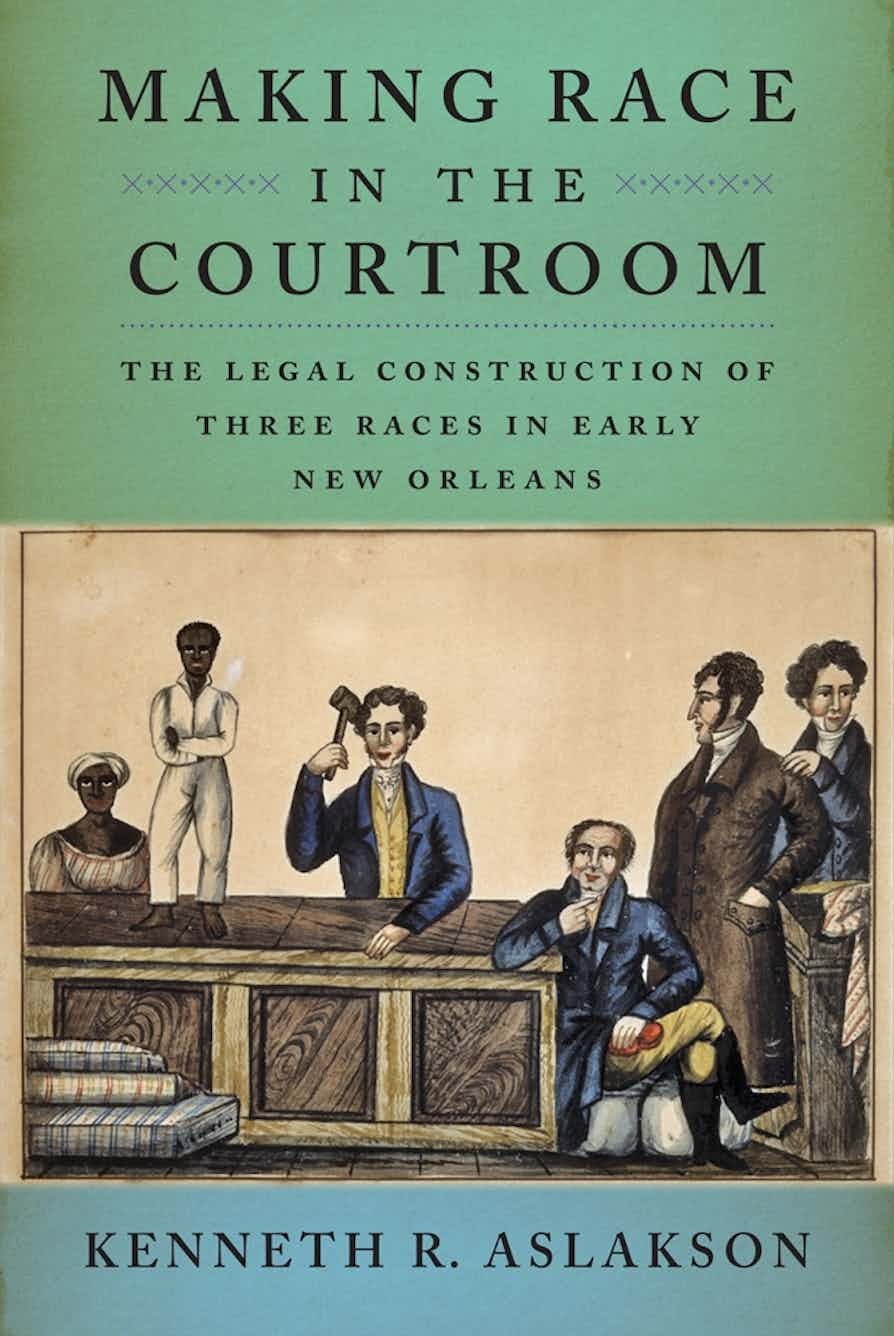Poverty, environment helped set Toledo teens on path to murder
The Toledo Blade
Toledo, Ohio
2014-09-21
Roneisha Mullen, Staff Writer
Rose Russell, Staff Writer
First of two parts
By the time Shamus Groom was 11 years old, he was already drinking alcohol and smoking marijuana. At 14, he saw a gun for the first time, and at 15, he was occasionally “packing.”
In 2000, Groom, who moved from Adrian to Toledo as a teen, was sentenced to 15 years to life for the 1998 shooting death of a 20-year-old North Toledo man. The victim was gunned down by Groom’s half brother over a drug deal that went bad; Groom was present during the shooting.

Shamus Groom, serving 15 years to life in the Belmont Correctional Institution in St. Clairsville, Ohio, says he and his younger brother were bounced around the homes of family members.
THE BLADE/AMY E. VOIGT
Printess Williams, a lifelong Toledoan, pleaded guilty in 2003 to killing four people — two in 1994 when he was 16, and two in 2002 when he was 24. He was sentenced to 151 years in state prison.
Groom and Williams are both black men. While violent crime isn’t limited to the black race, there appears to be something awry when significant numbers of young black males are landing in one of two places: graveyards or prisons.
Looking at their lives, it can be argued the environment Williams and Groom grew up in contributed as much to them becoming killers as their own decisions…
…The chain of events that led to the murder convictions of Groom and Williams began long before shots rang out claiming the lives of almost half a dozen Toledoans.
Born to a teenage mother and absentee father, Shamus Groom never fully knew what it meant to have a stable home. He and his younger brother, both of mixed race, bounced around the homes of family members while his mother worked odd jobs to take care of them. The boys were left with their “foster grandmother” when their mother moved out of the country to be with her new husband, who was in the military.

“They took care of us, but we felt like outcasts, like guests,” Groom said during an hourlong interview at Belmont Correctional Institution, a state prison in St. Clairsville, Ohio, near the Ohio–West Virginia line, where he’s serving his sentence. “We knew we didn’t belong there, and they reminded us all the time.”…
Read the entire article here.


